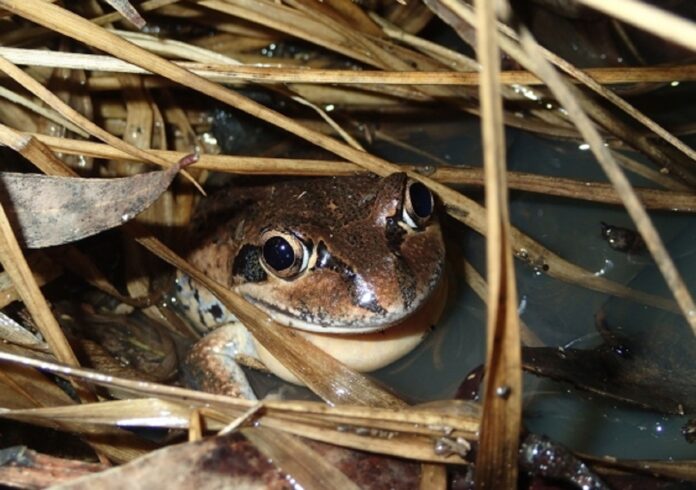Citizen scientists have uncovered fascinating insights into frog calls, challenging the conventional wisdom surrounding these amphibians. Through the collaborative efforts of researchers at UNSW Sydney and the Australian Museum, nearly 700 frog calls were analyzed as part of the FrogID project. Surprisingly, the study revealed that individual frogs possess distinct accents, which defies the long-held belief linking frog calls to habitat structure.
The findings, published in the Journal of Zoology, shed light on the various factors influencing the evolution of banjo frogs’ advertisement calls, such as noise from other animals and anthropogenic sources. Moreover, this research showcases the immense value of citizen science data, providing a unique opportunity to explore ecological theories on a vast spatial scale.
The acoustic adaptation hypothesis suggests that animals adjust their vocalizations to optimize communication in their specific habitat. In the case of frogs, their unique calls serve as a crucial means of identification, as they heavily rely on acoustic communication. Individuals within a species often exhibit variations in their advertisement calls, akin to different accents.
However, the reason behind these variations remains to be determined. The surrounding environment plays a significant role in the transmission of frog calls, as it can distort and reflect sound waves, limiting the range at which calls can be heard. To counteract these effects, frogs may subtly alter their calls’ pitch, duration, and rate. This suggests that the physical environment contributes to the evolution of diverse advertisement calls. To investigate this theory, Ms. Gillard and Dr. Rowley focused their research on banjo frogs, a group of closely related species widely distributed throughout Australia and inhabiting various habitats.
Ms. Gillard said, “Our findings have suggested that other factors may have a greater influence over the variation of Banjo frog calls. It’s likely going to be a combination of all different factors like more fine-scale features of the environment, acoustic competition from other frogs, and noise interference from wind, water, and other animals,”
Citizen science provides a valuable tool for researchers to analyze large amounts of data from various regions across the country, as highlighted by Ms. Gillard. The study focused on banjo frogs distributed across Western Australia, Tasmania, and the eastern coast up to Far North Queensland. Analyzing 700 frog calls in the field would be impractical due to the time required to record calls over many nights, travel between sites, and locate the calling frogs. Moving forward, Ms. Gillard suggests expanding the research to different frog species with more complex calls, which could uncover stronger correlations between calls and specific habitats.
Using citizen science data, this study assessed the acoustic adaptation hypothesis in frogs. The findings indicated that variations in frog calls were not solely determined by habitat structure but were somewhat influenced by various factors, including noise from other animals and anthropogenic sources. The research underscored the significance of citizen science in investigating ecological theories. It highlighted the need to explore different frog species further to deepen our understanding of acoustic adaptation in diverse habitats.
Journal Reference:
- G. L. Gillard, J. J. L. Rowley et al. Assessment of the acoustic adaptation hypothesis in frogs using large-scale citizen science data. Journal of Zoology. DOI: 10.1111/jzo.13088
